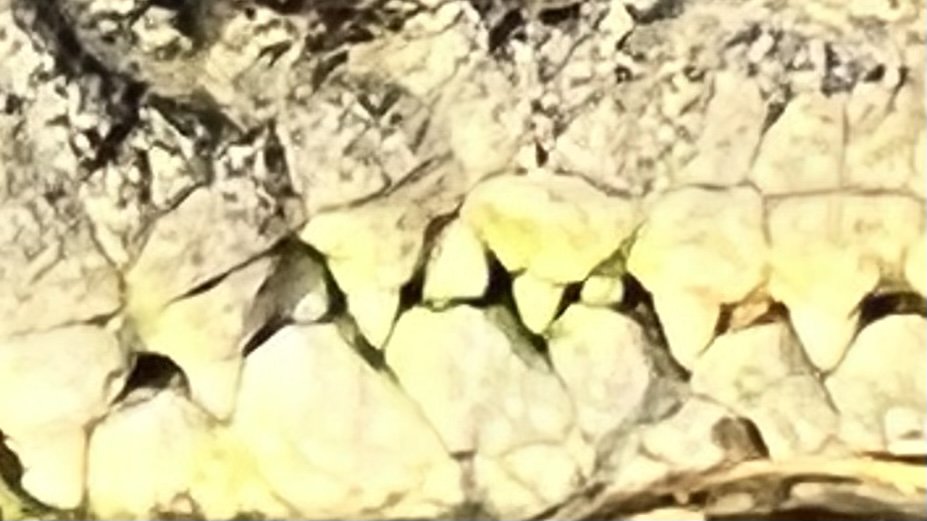Kakadu Pt. I: The Safest Way to Swim in Crocodile-Infested Waters
I spent my last week in Australia way up in the Northern Territory, where I hoped to have very close encounters with the saltwater crocodiles. The salties are actually my primary reason for visiting Australia. Back in 2010 I was traveling through Botswana, and on a river safari I saw my first croc. They’re basically dinosaurs, you know. Their genetic blueprint is 200 million years old. So I’m standing there looking at the biggest damn lizard I’ve ever seen in my life, and I overhear the Australians next to me say, “Awww, look how small and cute it is!” Immediately I turned around and said, “Where are you from? Because I need to go there.”
So at long last, there I went. “There” is three national parks, all next door to each other in the northernmost reaches of the NT. The first was Kakadu National Park, where I did back to back billabong bonanzas: a dusk cruise and a dawn cruise. I saw over 100 saltwater crocs, which are said to be the biggest and most aggressive in the world. Ten percent of their diet in adulthood is other salties. The biggest I saw was probably about sixteen feet long (they get up to twenty), the smallest a cutesy widdle baby only five feet long.
The little tykes have the most beautiful coloration, but you never see such fancypantsitude in adults. Why? One explanation is coffee stains: the trees along the river release tannins that stain the salties, so the longer they're in there, the darker they get. (Or oranger, with different tannins.) I’m sure a little club soda will get that out.
Another possibility is wisdom: crocs have some chameleon powers, and maybe the young'uns haven't figured out how to use them yet. I don't know enough about crocodile science to take a side, but I'll tell you this: when I was a kid, T. rex was a kickass super-predator. When that big green badass got downgraded to an overgrown vulture, my life was never the same. But now that I know about chameleon camo-crocs, that hole in my soul has healed.
Also in Kakadu, I took a 4WD tour down to Jim Jim Falls, which is not named for some European explorer named Jim. Jim Jim is the original name in Language (which—I had no idea—is the language group spoken by Aboriginal people). I went down there because it’s reputed to be a highlight of the park and because the dude running it is named Wildman Chizo. Whenever you have the opportunity to spend time with someone named Wildman Chizo, spend time with Wildman Chizo.
(Why didn’t I just bike it? Because it’s 95°+ every day, a 70 km one-way ride, and crocodiles have a much easier time eating you if you’re on a bike than in a 4x4.)
Chizo (pronounced Chizzo, not Cheezo) walks rugged trails barefoot. He lives in a bus. He once wrestled a crocodile, not because it was his job but because there was a croc that needed to be moved elsewhere and he just seems like the kind of guy you ask to wrestle large predators into submission. He has many good stories about smoking dope, and one about what happens when you bring nudist clients to swimming holes where they have those little fish that like to nibble dead flesh off your feet.
Theoretically these swimming holes could also have salties. In the wet season, Jim Jim is a raging waterfall whose mist you can see boiling up from miles away. Crocs can swim wherever they like. In the dry season(which is now), Jim Jim is the most tranquil, verdant, picturesque gorge, mostly dried up but there are still three places you can swim. Don’t swim in the first one. There are crocodiles. Not many, but they’re there.
The upper two pools get cleared by the park rangers before they let any tourists go back there. They go up there with spotlights, trap the stealthy critters, and bring them further down the gorge. But the only thing preventing crocs from walking back up there is lizard lethargy. On the other hand, it’s rough terrain, which is a real hassle on stumpy croc legs. Chizo says they haven’t captured any crocs in the third swimming hole in three years.
Is three years a good number or a bad number? My beloved Chicago Cubs haven’t won a World Series in six years. The drought before that was 108 years. What’s the croc capture rate? Is a three-year lull normal? Are they due?
The rangers are pretty good at catching these beasties, but crocs are supreme stealth hunters. They can hold their breath for over an hour. They can redistribute their internal organs to flatten themselves, submerging completely in water far shallower than you’d think possible. So here’s the only assurance Chizo was willing to give me: “When it comes to salties, no promises, mate.”
It doesn’t matter. That water is too inviting. And deep! I like to think I’m a decent free diver. I reached the first thermocline with no bottom in sight. Dove deeper, still no bottom. Dove as deep as I dared, still nothing. The water was the exact color of the aquamarine crayon in the Crayola 64-pack, a lovely darkness for crocodiles to hide in.
But no nibbles, no bites, no swimming for dear life. And for being a wild man, Chizo provides a delicious, perfectly civilized lunch complete with tablecloth and tea service. All in all a banner day.










